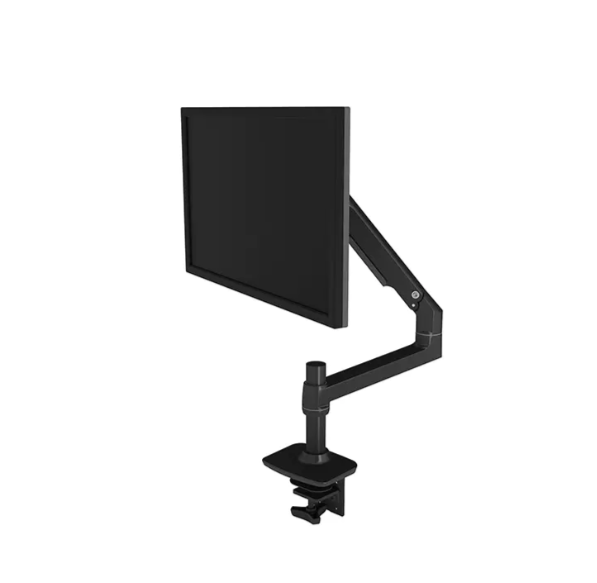An industrial monitor arm provides a secure and adaptable way to mount display screens in production-heavy or technical environments. These arms are engineered to support consistent performance, even when installed in locations subject to vibration, temperature variation, or constant activity. They help bridge the gap between human interaction and machine-based operations.
Unlike basic mounts, industrial-grade monitor arms are built with reinforced joints and load-tested components. This ensures long-term reliability under frequent movement and mechanical stress. Articulated designs allow operators to swing, extend, and rotate screens as needed. In factory settings where processes change frequently, this mobility is particularly beneficial.
Screens used in such settings are not just for viewing data—they are integral parts of control systems, diagnostics, or safety monitoring. A misaligned or unstable screen can hinder operations or even pose risks. With a proper industrial monitor arm, positioning remains stable while still allowing fine adjustments when required. This supports clearer visibility and faster access to visual information.
Material choice plays a key role. Steel and aluminum are common due to their strength and resistance to wear. Coated finishes protect the arms from moisture or minor impact, making them suitable for indoor and semi-outdoor applications. In facilities where hygiene is regulated, smooth surfaces and sealed connections simplify cleaning and compliance.
Integration with existing infrastructure is another advantage. Monitor arms can be mounted on carts, panels, or equipment racks. This adaptability makes them viable for both retrofitting and new installations. In environments that rely on modular design, the arm’s configuration can be modified to fit evolving workspace layouts.
By choosing the right industrial monitor arm, companies can ensure that screen visibility, equipment layout, and operator comfort align with workflow demands. Whether it’s for a touch interface on a robotic line or a display used for real-time tracking, this equipment contributes to a more streamlined and responsive working setup.
